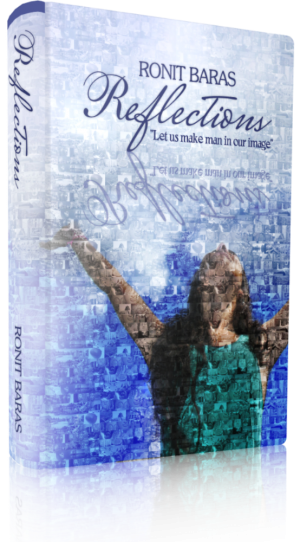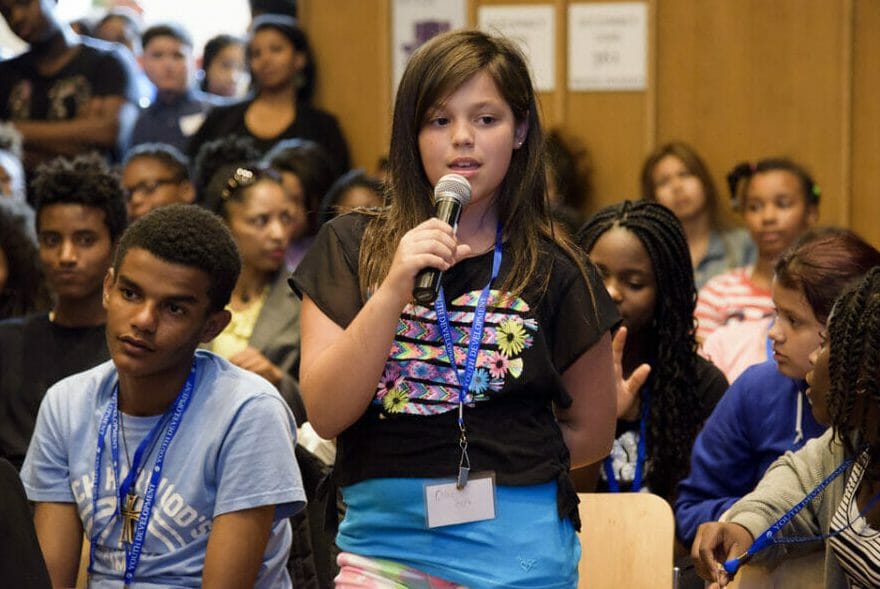Sometimes letting go is simply changing the labels you place on an event. Looking at the same event with fresh eyes
– Steve Maraboli

Think about schooling. We send all the kids within a date range to 1st Grade when the difference in age between them is much higher than that between the youngest child in 2nd Grade and the oldest child in 1st Grade (could be just one or two days). We have built a whole education system on that huge range of 365 days, in which kids were born at different times of the day, have different family structures, live with a different number of other people in the same house, come from different socio-economic backgrounds and have different interests. Still, we categorize them all as 1st Graders.
Labeling is part of our day-to-day life. We do it for our own sake and not necessarily for the sake of those we label.
If you take 1,000 random people and put them next to each other, you will not find two that have the exact same skin color or the exact same hobbies. Yet, we often label people by skin color or say they all love drawing, although their skin is different in shade and texture and some love drawing animals, some prefer to draw plants and each person uses a different technique.
In 1930, Linguist Benjamin Whorf came up with the “linguistic relativity hypothesis”. According to him, the words we use not only describe what we see, but actually determine what we see.
We tend to treat labels as real, rather than as representations of reality
– Dewight R. Middleton
Lara Bordoditsky, a cognitive psychologist, asked people to distinguish between two shades of blue. Her research involved people who spoke Russian and people who spoke English. In Russian, there are different names for dark blues and light blues, while in English, both shades are called “blue”. When participants were asked to distinguish between two very subtle shades of blue, the Russian speakers were much quicker, because they already had the labels for the two colors.
So labels are important for us!

Similar research was done in education and proved that we see things based on the lens we have, regardless of what happens in reality. Children labeled as troublemakers get lower grades regardless of their knowledge. I learned this the hard way. When I was a bad student and my grades were very low (about 50% to 60% success rate), it did not matter how much I studied. I always got the same grades. In 11th Grade, when I became an excellent student, one of my friends asked if she could sit next to me and copy my whole exam (I agreed, because I remembered how it was to sit for a test and panic). Surprise, surprise! I got 95% and she got 60%. When we got our exam papers back, we could see she had written exactly the same things I had, but we could not go to the teacher and say it… Later, when I was studying Special Education, I learned that what teachers think of their students greatly influences what they think of themselves and therefore their performance. It also skews teachers’ perception of their schoolwork.
My work over the last 25 years with special education students who were labeled with learning difficulties has proven to me many times how dangerous labels can be.
We inhabit a world in which we tend to put labels on each other and expect that we will then march through life wearing them like permanent sandwich board
– Nick Webb
According to the same theory, some labels are actually very good for us. For example, if we label our children as “smart”, “friendly” or “determined”, we are helping them fulfill our “prophecy” and be smart, friendly and determined children. It is that simple.

Labels bias our perceptions, thinking, and behavior. A label or story can either separate us from, or connect us to, nature. For our health and happiness, we must critically evaluate our labels and stories by their effects
– Michael J. Cohen
Empowering vs. limiting labels
Negative labels are like heavy anchors. They prevent us from moving forward. For example, if you say, “I’m that kind of person”, as an explanation for why you cannot do something, than this is a limiting label. It will keep you as that kind of person who cannot do something.
One good way of discovering our own labels is by noticing when we use the word “because”.
Make a list of 100 things that are not working in your life – things you are not happy with, things you are angry about and people you are upset with. When you finish this list, write why you feel that way about each item.
Our names are labels, plainly printed on the bottled essence of our past behavior
– Logan P. Smith
For example, “I’m angry with Josh, because what he did wasn’t friendly”.

Remember, your labels is yours and yours only and if you have limiting labels rather than empowering, than no one need to live by them, not even you.
I hope you will find some inspiring quotes here that will help you let go of limiting labels and live a free, successful and happy life.
Artists are traditionally resistant to labels
– Patti Smith
Whatever labels are being pinned on me have nothing to do with me
– Skeet Ulrich
Labels are for cans, not people
– Anthony Rapp
It ain’t what they call you, it’s what you answer to
– W.C. Fields
I think putting labels on people is just an easy way of marketing something you don’t understand
– Adam Jones
Feelings are feelings. They don’t have dumb or smart labels
– Cherise Sinclair, Breaking Free
And I came to believe that good and evil are names for what people do, not for what they are. All we can say is that this is a good deed, because it helps someone or that’s an evil one because it hurts them. People are too complicated to have simple labels
– Philip Pullman, The Amber Spyglass
Until next time, may the Force be with you!
Ronit
This post is part of the series The Art of Letting Go:
- The Art of Letting Go: Attachments
- The Art of Letting Go: Fear
- The Art of Letting Go: Trapped by Labels
- The Art of Letting Go: Be Right or Be Kind
- The Art of Letting Go: Living up to Others’ Expectations
- The Art of Letting Go: Control
- The Art of Letting Go: Blame and Excuses
- The Art of Letting Go: Painful Past
- The Art of Letting Go: Negative Self-Talk
- The Art of Letting Go: Resistance to Change











